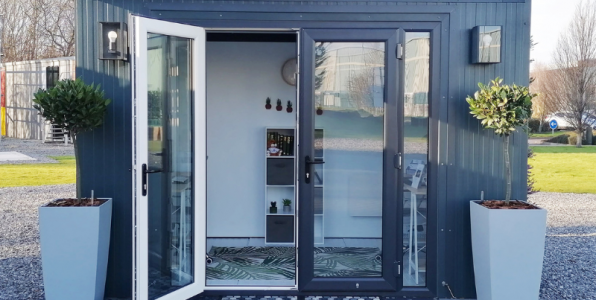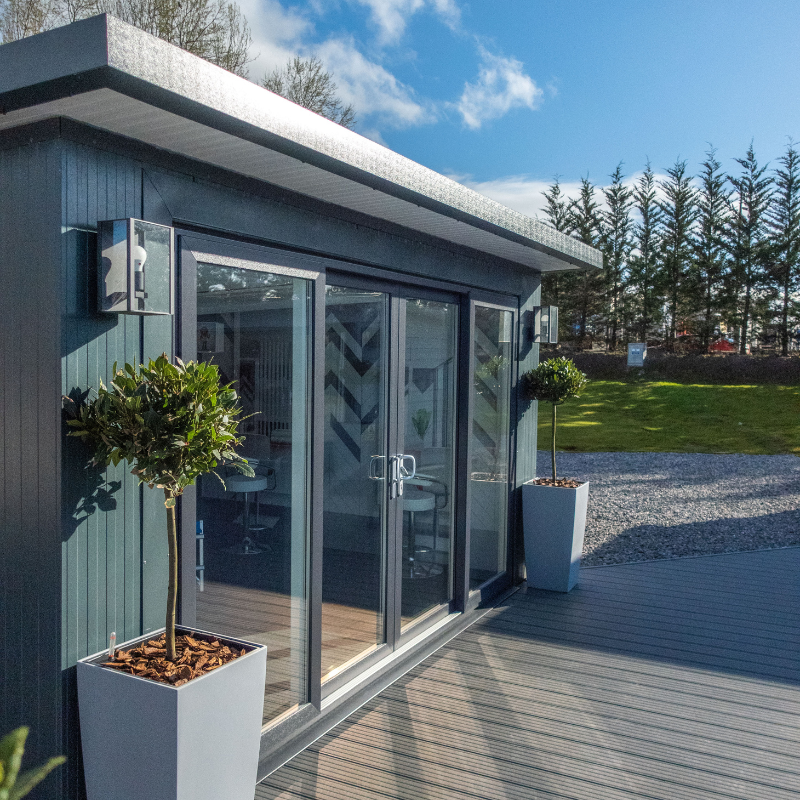4 things you need to know about insulating your outdoor DIY project

4 things you need to know about insulating your outdoor DIY project
Anyone who’s ever undertaken a bit of DIY knows how critical it is to plan ahead, especially if you’re tackling a large DIY project. If you’re planning a big build then the chances are you’ll be able to make the most of your new space if it’s insulated. But where do you start when it comes to educating yourself on the things you need to know about insulating your DIY project, especially if it’s an outdoor project?
From determining how much time you have to spend on the build to choosing the right materials, the planning process can take longer than the build itself if you have no idea where to begin.
But don’t worry, this guide will give you the perfect opportunity to get to know the basics of insulation, why it can benefit you, why it’s important to choose the right type of insulation and more.
Here are 4 things you need to know about insulating your outdoor DIY project.
Start with the walls and roof
If you’re building something yourself that isn’t attached to an existing building then the good news is that you can treat it as a brand new stand-alone project. When it comes to identifying where you can add insulation that’s going to improve your overall build, the key areas to consider are the walls and the roof.
These are the spots where heat and air love to escape and it’s where the correct insulation really comes into its own.
You can opt for a traditional baton and fibreglass wool system, but these days there are much more efficient and easier to install solutions including insulated wall panels that can lock together. Similar systems are also available for roof panels. These work by sandwiching insulation between two metal panels, giving you a lightweight structure that will last for years to come, which is perfect if you need something to battle the great British weather.
Know the difference between thermal and sound insulation
While the two are often mistakenly used interchangeably, thermal and sound insulation have very different goals.
Thermal insulation is designed to keep heat inside in the winter and out in the summer, and it’s most commonly installed in attics or ceilings because of their higher ceilings.
Sound insulation, on the other hand, is designed to keep noise out. Most often, this type of insulation is installed on walls to keep noise from travelling between rooms. While both types of insulation are helpful, it’s important to know the right type for your project. Installing the wrong type of insulation can be inefficient and even cause the rest of your building to suffer in the long term.
Go for the best quality you can afford
Insulation materials come in a variety of forms, including fibreglass, cellulose, recycled newspaper and QuadCore technology. While most of these materials can be sourced relatively easily, this doesn’t mean they’re all equal in how they perform.
Generally, it’s best to go for the highest-quality materials that your budget allows. Getting the most bang for your buck can prove challenging, but with a host of innovative solutions now available on the market, including wall and roof panels that are metal-clad and weatherproof, you can find the best solution within your price range with a little research.
The key for any outdoor DIY project is to make sure that whichever materials you choose to use are able to stand up to any weather.
Look out for U-values
Knowing what the U-value of the insulation is can really help you make the right choice for your DIY build. If you’re unfamiliar with what a U-value is, it’s a measurement that indicates the effectiveness of a material’s insulation.
Essentially, it’s a measurement that tells you how effective a material is at retaining heat and the value is based on the thickness of the material and the temperature difference that occurs between inside and outside of the material.
The important thing to remember is that the lower the U-value is the better insulated the building is. For example, these trapezoidal QuadCore Panels are a perfect example of low U-value insulation, as their U-value is lower than other build types.
Â
Wrapping Up
Hopefully, these four tips have given you the perfect platform to start your DIY project with confidence.
Whether you’re creating a stunning garden room in your garden, erecting a new outbuilding or anything in between, taking these four points into consideration during your buying and planning process will ensure you’re set up for success.


Comments are closed